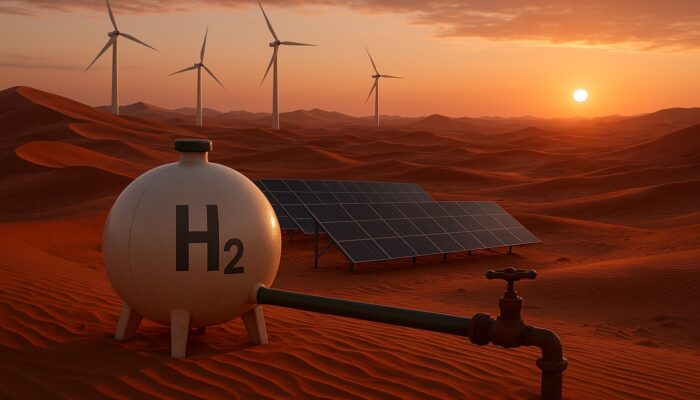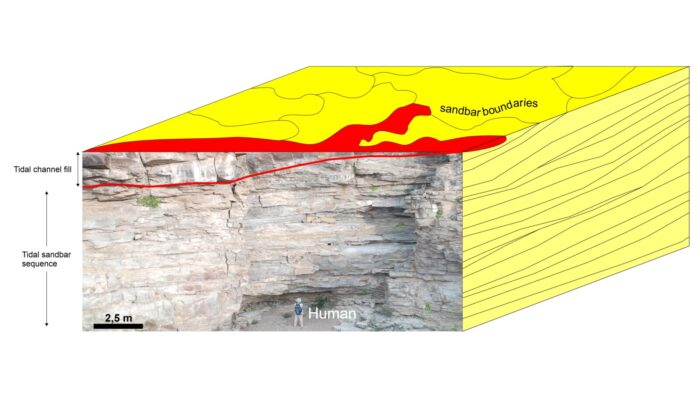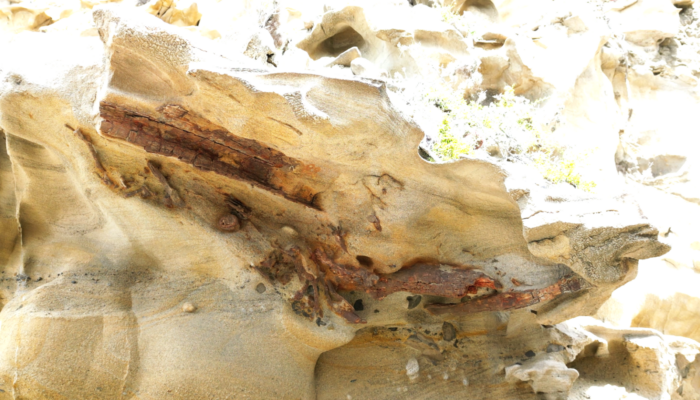Algeria is often described as one of the great energy engines of Africa and the Mediterranean, and with good reason. Its proven oil and gas reserves are impressive, but what truly sets the country apart is the extraordinary complexity of its geological history. Over more than two billion years, tectonics, climate shifts and sedimentation created a series of basins that today host some of North Afr ...[Read More]
Unlocking the Secrets of Ancient Estuarine Deposits
In recent months, I had the opportunity to work on a project analysing subsurface data from a rock sequence previously interpreted as the product of an estuarine depositional environment. The client sought subsurface maps to characterize the spatial distribution of various geobodies associated with sedimentary deposits typically found in modern estuaries. In other words, the goal was to reconstruc ...[Read More]
Fossilized Tree Trunks: Preservation in Continental and Marine Ancient Outcrops of Baja California
While working on the exceptional, but remote outcrops of Baja California, I have encountered an extraordinary quantity of fossilized tree fragments in Cretaceous deposits. These fossils were preserved in both subaerial, fluvial, and marine environments. Does this mean that preservation of tree trunks is easy? How can wood be preserved for more than 70 million years? What kind of information can we ...[Read More]
Offshore Gaza: gas in deep-water sedimentary reservoir rocks as another element in the conflict
The conflict between the Israeli state and the Palestinian people revolves not only around the control of land but also extends to the ocean, particularly the sedimentary rocks beneath the seafloor (see oil and natural gas fields in the region in Figure 1). This article aims to analyse the geological aspect, specifically sedimentary rocks with hydrocarbon reservoir potential offshore the Gaza Stri ...[Read More]



